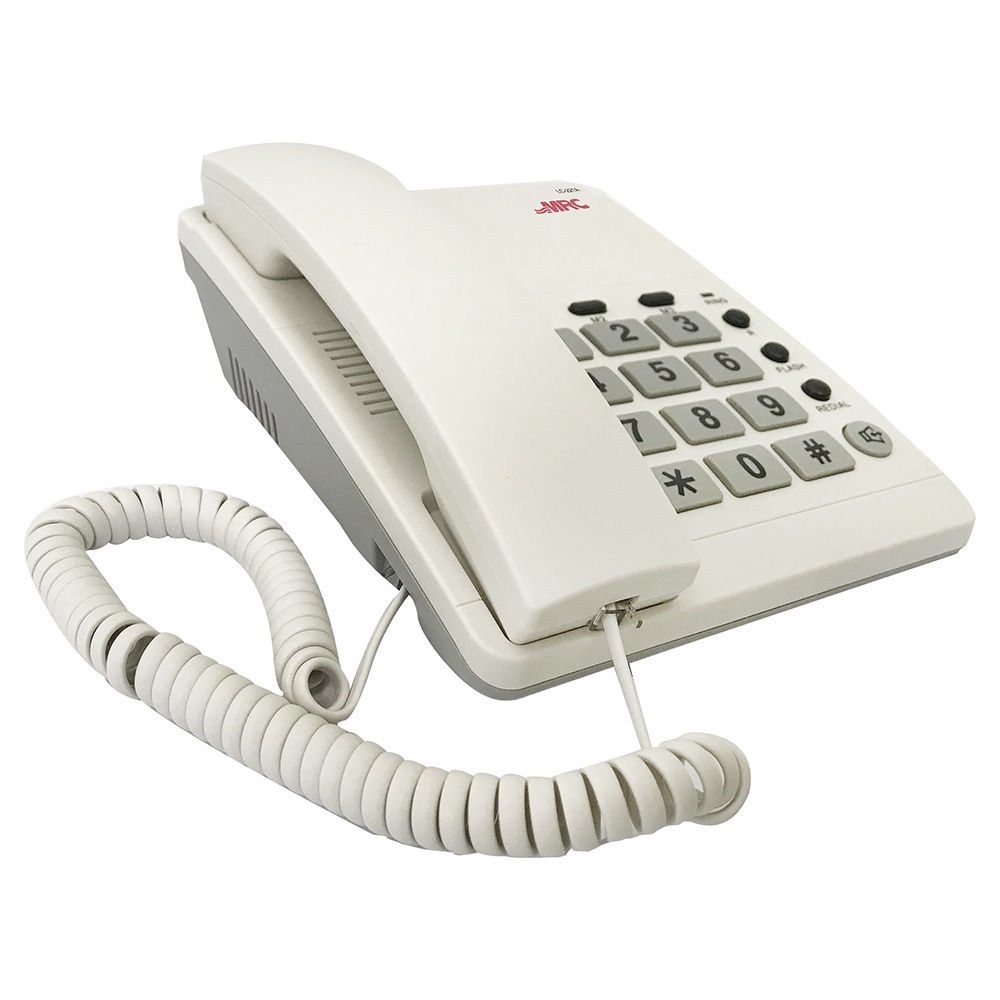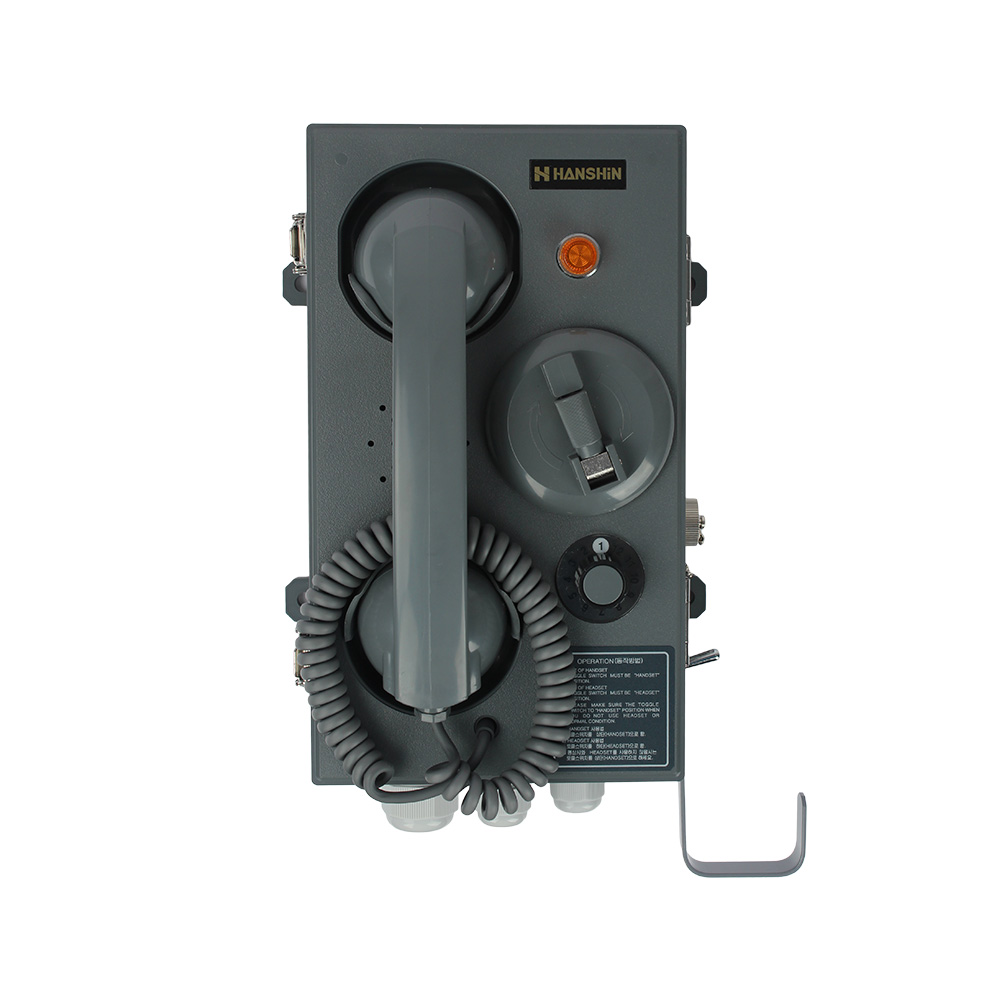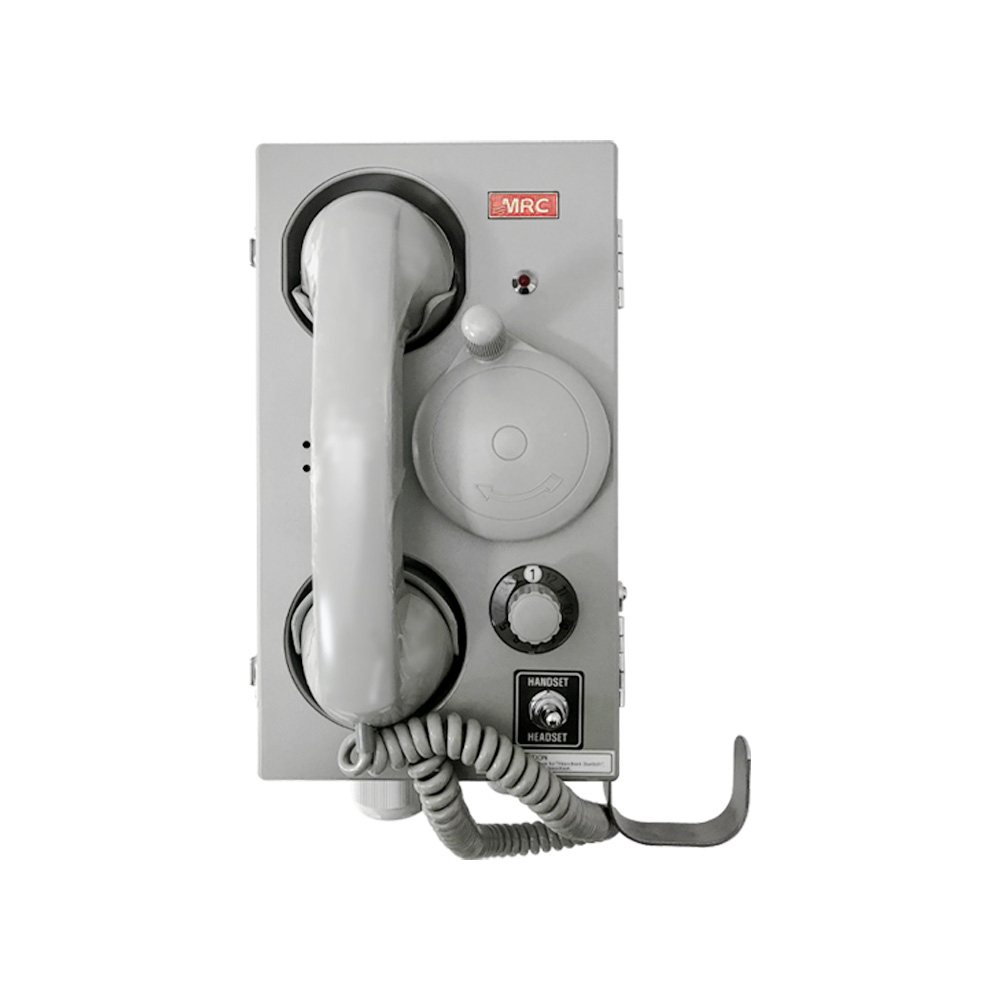The Essential Guide to Marine Telephones: Auto, Common Battery, and Sound Powered Systems

Vital Onboard Communication - Understanding Marine Telephones
Reliable internal communication is critical for safety and efficiency on any vessel. Marine telephone systems are designed for the demanding maritime environment, ensuring crew can connect instantly. This guide covers the three main types: Marine Auto Telephones (MAT), Common Battery Telephones (CBT), and Sound Powered Telephones (SPT), outlining their working principles, applications, and key considerations.
Marine Auto Telephone (MAT): Convenient Dial-Up Connectivity

What it is & How it Works:
The Marine Auto Telephone (MAT) system functions like a standard office PABX (Private Automatic Branch Exchange), enabling direct dialing between extensions. It comprises a central exchange, numerous telephone sets, and cabling. When a handset is lifted, the PABX provides a dial tone. Users dial an extension, and the PABX automatically routes and connects the call. Modern systems use DTMF signaling and can offer features like call forwarding, caller ID, and voicemail, sometimes integrating with IP networks (Ship IP PBX). These automatic telephone systems for ships require ship's power and a UPS backup.
Applications:
MAT systems are ideal for routine, non-emergency communication on:
- Merchant vessels (bridge, ECR, cabins, offices)
- Cruise ships and ferries (passenger and crew areas)
- Offshore platforms
- Large yachts
Usage:
Lift handset, await dial tone, dial the extension number. For special features, consult the ship's directory for specific codes. Hang up to terminate.
Key Considerations:
- Power Dependent: Relies entirely on ship's power and UPS.
- Environment: Use waterproof marine telephones or explosion-proof marine telephones in harsh or hazardous areas.
- Complexity: Can be complex to install and maintain.
Common Battery Telephone (CBT): Robust Simplicity

What it is & How it Works:
A Common Battery Telephone (CBT) system powers all its handsets from a central DC power source, often with battery backup. Handsets are simpler than MATs, typically lacking individual dial pads in basic versions, relying instead on an operator or selector switches for connection. When a handset is lifted (or a call button pressed), it signals an exchange or directly alerts another station. The central battery provides current for speech transmission by modulating this current based on voice input into the microphone. Some marine CB telephone systems incorporate simplified automatic switching for a fixed number of stations.
Applications:
CBTs are valued for ruggedness in demanding environments:
- Engine rooms and machinery spaces
- Deck communication (mooring stations, cargo control)
- Smaller vessels (tugboats, fishing boats)
- Dedicated point-to-point links (Bridge to ECR)
Usage:
- Manual Exchange: Lift handset, request connection from operator.
- Direct Call (Selector/Button): Select station, press call button, lift handset.
- Dial Pad (if equipped): Lift handset, await dial tone, dial extension. Speak clearly. Hang up to terminate.
Key Considerations:
- Power Dependent: Relies on the central power unit and its backup.
- Robustness: Known for durable construction.
- Simplicity: Fewer features than MATs but easier to maintain. Intrinsically safe common battery telephone models are available for hazardous zones.
Sound Powered Telephone (SPT): Power-Free Emergency Communication

What it is & How it Works:
The Sound Powered Telephone (SPT) operates without any external electrical power. The acoustic energy of the user's voice is converted into a small electrical current by a magneto-electric transducer in the microphone. This current travels via dedicated wiring to the receiver, which converts it back to sound. To call another station, users operate a hand-cranked magneto generator (or similar mechanism) that produces an AC voltage to ring a bell or howler. Marine SPT systems are crucial for emergency telephone ship links.
Applications:
Essential where power failure is a risk or in hazardous zones:
- Emergency Communications (Primary): Bridge to ECR, steering gear, fire stations, lifeboat stations (often SOLAS mandated).
- Hazardous Areas: Intrinsically safe due to low energy, suitable for tanker pump rooms, fuel areas.
- Damage Control & Firefighting: Reliable independent communication.
- Backup System: Complements powered systems.
Usage:
Select station (if applicable). Vigorously turn hand-crank (or operate generator) to signal. Listen for an answer (no ringback tone). Speak loudly and clearly directly into the microphone. Press earpiece firmly to ear. Say "Over" to manage turns. Hang up to end.
Key Considerations:
- No External Power Needed: Its primary advantage.
- Intrinsic Safety: Many sound powered telephones for hazardous areas are inherently intrinsically safe.
- Maintenance & Testing: Critical for reliability; check connections and test regularly.
- Audio: Functional, not high-fidelity; volume depends on voice strength.
Comparing Marine Telephone Types at a Glance
| Feature | Marine Auto Telephone (MAT) | Common Battery Telephone (CBT) | Sound Powered Telephone (SPT) |
| Power Source | Ship's Power + UPS | Central DC Supply + Backup | None (Voice + Hand Generator) |
| Key Advantage | Feature-rich, convenient | Robust, simpler than MAT | Operates without power, safe |
| Key Disadvantage | Power dependent, complex | Power dependent, fewer features | Lower volume, basic function |
| Primary Use | Routine, general operations | Operational areas, smaller ships | Emergency, hazardous zones, backup |
| Intrinsic Safety | Specialized Ex models | Specialized Ex models | Many models inherently safe |
Often, vessels use a combination: MAT for general use, CBTs for robust operational links, and SPTs for mandated emergency and hazardous area communication.
Universal Best Practices for Marine Telephones
- Proper Installation: Use qualified personnel and marine-grade, protected cables. Ensure proper grounding.
- Regular Maintenance & Testing: Implement scheduled checks of handsets, wiring, connections, and central units. Test all functions regularly, especially SPTs. Log tests.
- Environmental Protection: Select units with IP ratings suitable for their location (e.g., waterproof marine telephone for decks, explosion-proof marine telephone for hazardous zones).
- Documentation & Training: Keep system diagrams accessible. Train crew on correct operation, especially for SPT emergency use.
- Spares: Maintain adequate spare parts.
Upgrade Your Vessel's Communication Backbone
Clear and reliable internal communication is vital for maritime safety and efficiency. Whether you need a comprehensive PABX, rugged common battery sets, or essential sound powered telephones, HZH Marine offers a wide selection.
Please click here to learn more about the marine telephones offered by HZH Marine.
Conclusion: Connecting Crew, Securing Voyages
Marine Auto Telephones, Common Battery Telephones, and Sound Powered Telephones each play crucial roles in shipboard communication. MATs offer convenience, CBTs provide operational robustness, and SPTs ensure vital links during emergencies. Understanding their functions and proper maintenance is key to leveraging these systems for safer and more efficient maritime operations.


